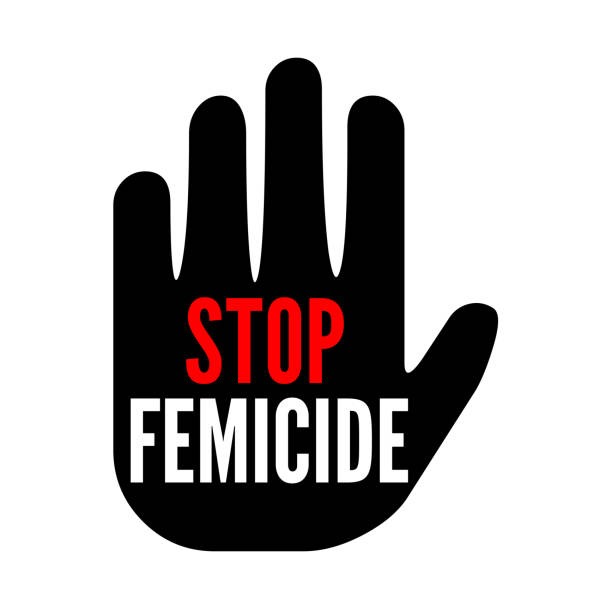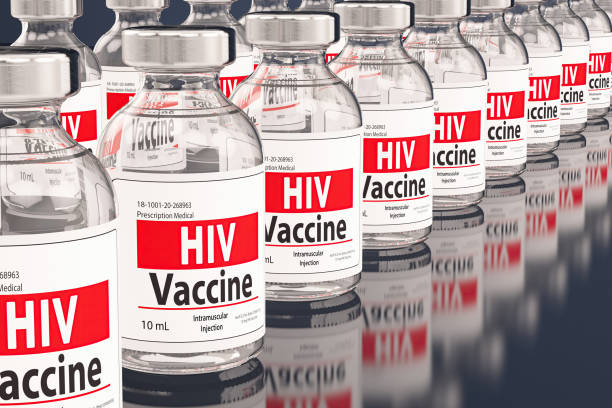Introduction
The femicide crisis is a growing global issue that demands immediate attention. This violent form of gender-based violence involves the intentional killing of women, often by intimate partners or others close to them. It is one of the most extreme consequences of entrenched gender inequality, with devastating impacts on families, communities, and entire nations.
While the issue persists worldwide, some regions are particularly affected by high femicide rates. With the rising global statistics, it’s clear that more needs to be done to protect women and children from this violent epidemic. In this article, we will explore 7 essential facts about the femicide crisis and examine the urgent need for change.
What is the Femicide Crisis?
The femicide crisis refers to the intentional killing of women simply because they are women. This type of violence is often rooted in deep societal issues such as gender inequality, patriarchal structures, and discrimination. While femicide can occur in various forms, it is often a result of intimate partner violence or other abusive relationships.
In 2023, reports from various countries revealed a dramatic rise in femicide cases. For instance, South Africa, one of the nations most affected, reported over 5,500 women murdered in a single year, a shocking increase that highlights the severity of this problem. Worldwide, femicide rates continue to climb, illustrating the failure of governments and societies to protect women.
The Root Causes of the Femicide Crisis
Several factors contribute to the femicide crisis, with gender inequality at the heart of the issue. In societies where women are seen as inferior to men, violence against them is often justified and normalized. These communities tend to have high levels of discrimination, including limited access to education, healthcare, and economic opportunities for women.
Furthermore, cultural norms that condone violence, including domestic abuse and sexual harassment, exacerbate the problem. The normalization of male dominance and the portrayal of women as subservient fuels the notion that women’s lives are expendable, leading to tragic outcomes.
The Devastating Impact on Society
The femicide crisis has wide-reaching consequences beyond just the tragic loss of life. The societal impact is immense, affecting not only the families and communities of the victims but also the overall stability of the nation. Femicide contributes to a culture of fear and insecurity, especially for women and girls, who live with the constant threat of violence.
The economic consequences are equally significant. The loss of women from the workforce, as well as the psychological and physical toll on survivors of violence, creates long-term economic burdens. Societies that fail to protect their women and girls also fail to thrive economically, as the potential of half the population remains underutilized.
The Importance of Stronger Legal Frameworks
One of the most urgent solutions to the femicide crisis is the creation and enforcement of stronger legal frameworks. In many countries, laws designed to protect women from violence are either weak or poorly implemented. This creates a situation where perpetrators of femicide often go unpunished, further perpetuating the cycle of violence.
Countries with robust legal protections for women, such as domestic violence laws and femicide-specific legislation, tend to have lower rates of gender-based violence. However, even with laws in place, enforcement remains a challenge, as many law enforcement agencies are either under-resourced or not properly trained to handle cases of femicide.
The Role of Education in Preventing Femicide
Education plays a crucial role in addressing the femicide crisis. By educating both men and women about gender equality, respectful relationships, and the harmful effects of violence, societies can begin to challenge the deep-rooted cultural norms that support femicide.
Programs in schools that focus on gender sensitivity and respect for human rights have been shown to reduce rates of violence. Additionally, community-based initiatives can help shift societal attitudes, teaching both men and women that femicide and other forms of gender-based violence are unacceptable.
Women’s Empowerment: A Key Solution
Empowering women is another critical strategy in ending the femicide crisis. When women are economically independent, socially empowered, and equipped with the knowledge of their rights, they are less likely to become victims of violence. Empowerment gives women the tools to protect themselves and escape abusive situations.
In countries where women have access to education, legal rights, and financial resources, femicide rates are significantly lower. Women’s empowerment also helps break the cycle of violence, as empowered women are more likely to become advocates for their own safety and the safety of others.
The Global Efforts to Combat Femicide
The femicide crisis is not a problem confined to a single country or region; it is a global issue that requires a global response. International organizations such as the United Nations have called for coordinated efforts to end femicide and gender-based violence.
One such initiative is the UN Spotlight Initiative, which aims to eliminate femicide and other forms of violence by focusing on prevention, protection, and support for victims. However, much more needs to be done to address the root causes of the crisis and ensure that women everywhere are safe from violence.
The Role of Men in Addressing the Femicide Crisis
Men have a significant role to play in ending the femicide crisis. Many of the perpetrators of femicide are men, and it is crucial that men understand the impact of their actions and work to change the cultural norms that perpetuate violence.
Men must be advocates for gender equality and stand against violence in all its forms. By taking an active role in promoting respect, equality, and non-violence, men can help create a society where women are no longer seen as targets for abuse.
FAQs
Q1: What is femicide?
Femicide is the intentional killing of women because of their gender, typically perpetrated by intimate partners or other men in their lives.
Q2: Why is femicide increasing?
The femicide crisis is increasing due to factors such as deep-rooted gender inequality, cultural norms that condone violence, and a lack of legal accountability for perpetrators.
Q3: How can femicide be prevented?
Preventing the femicide crisis requires stronger laws, education on gender equality, the empowerment of women, and greater accountability for those who commit femicide.
Conclusion
The femicide crisis continues to devastate communities around the world. It is a global issue that requires immediate and coordinated action from governments, organizations, and individuals. By addressing the root causes of femicide—such as gender inequality, cultural norms, and lack of legal protections—we can begin to create a world where women are safe from violence. It’s time to end the femicide crisis and ensure that every woman has the right to live free from fear.




